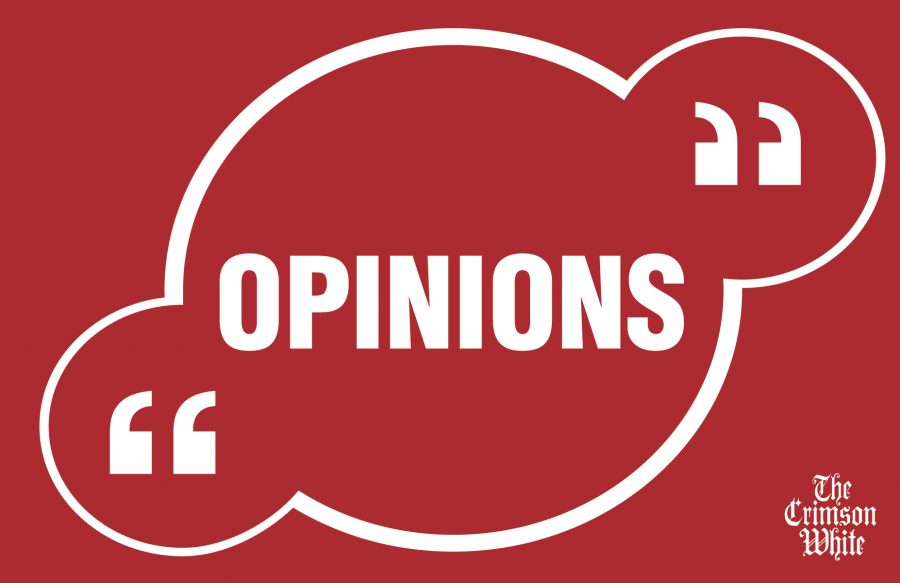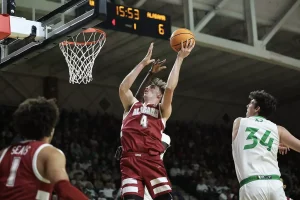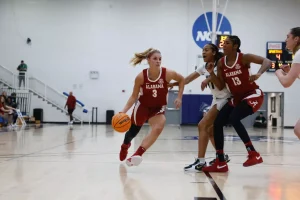Eating disorders are ingrained in our culture
March 9, 2020
Throughout my teenage years, I consistently noticed that mainstream media was filled with women who were smaller than my thigh. Being young and extremely naive, I considered this to be the normal appearance of women, even though the women in my life were all average-sized. I assumed that as society grew and as influencers of all shapes, sizes and genders became a part of mainstream media, the continuous pressure of being a certain size would dissipate. I was extremely wrong.
TikTok, an online video sharing app, has fostered hundreds of trends and is considered a critical marketing space for most companies due to its constant production of viral videos and stars. One of those trends appears to be videos about weight loss and self-improvement. The trend shows what creators eat in a day, usually adding calorie amounts and nutritional facts as titles in the videos.
Some videos include workout plans or fad diets and their short-term benefits. These videos seem innocent – even the comments are filled with positivity – but as I scrolled through the weight loss tag, I noticed calorie counts becoming smaller and workouts becoming more intense. I also noticed most of the weight loss creators were teenage girls – some as young as 12.
It reminded me of another popular social media website, Tumblr. Known for its underground eating disorder community, users turned eating disorders into aesthetics and wrote food diaries that encouraged others to eat less and showed how to “binge correctly.” While these TikTok videos are not blatantly bullying others to eat less, they are creating a mindset for teenagers that eating fewer than 1,000 calories is a safe way to lose weight, when it most certainly is not.
The apps also influenced others to participate in fad diets that help to shred weight fast, such as the cabbage soup diet, where one only eats cabbage soup for seven days. Fad diets “work” so well because they’re short-term and cause the body to have a calorie deficit, forcing the body to get fuel from other sources, like fat.
The problem is that people see the results of eating so little and see how much weight someone drops so quickly that they believe it’s an OK way to do it. They become so desperate to look like the thin influencers they see on their screens that they don’t realize the internal damage that’s occurring. They don’t realize that after their body has eaten all of its fat tissue, it begins to eat muscle. The heart, the most important organ, is, in fact, a giant muscle, and while the body needs it to survive, it will eat it.
Blythe Baird wrote a poem called “When The Fat Girl Gets Skinny.” One specific line has stuck with me for a while now: “If you develop an eating disorder when you are already thin to begin with, you go to the hospital. If you develop an eating disorder when you are not thin to begin with, you are a success story.” It reminds me that when people see someone’s eating disorder story, they don’t always see it as a dangerous disease. Instead, they see it as their latest fad diet.










